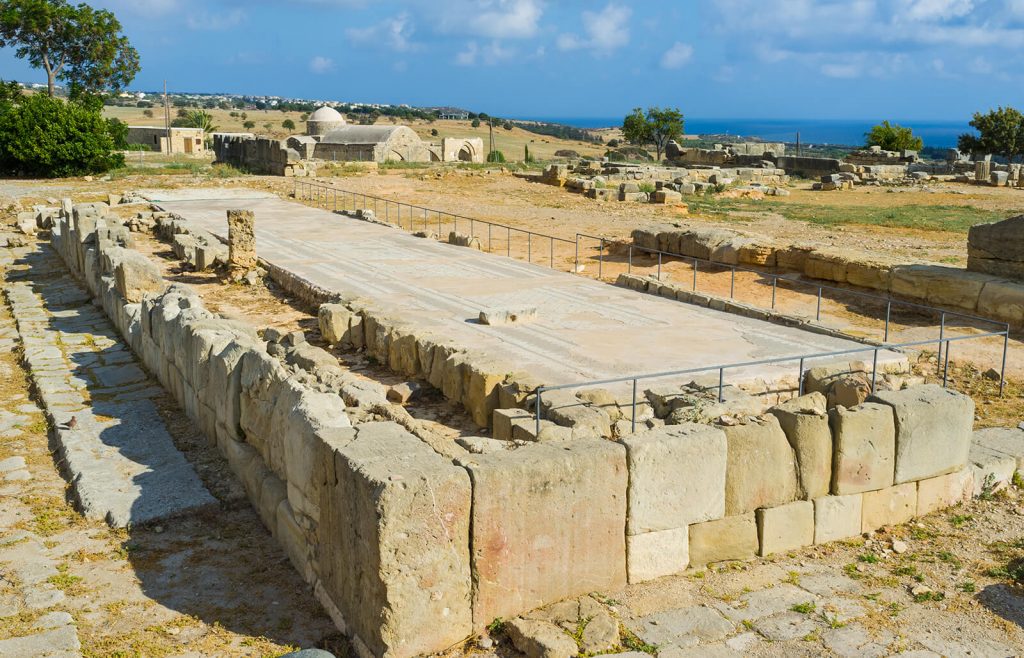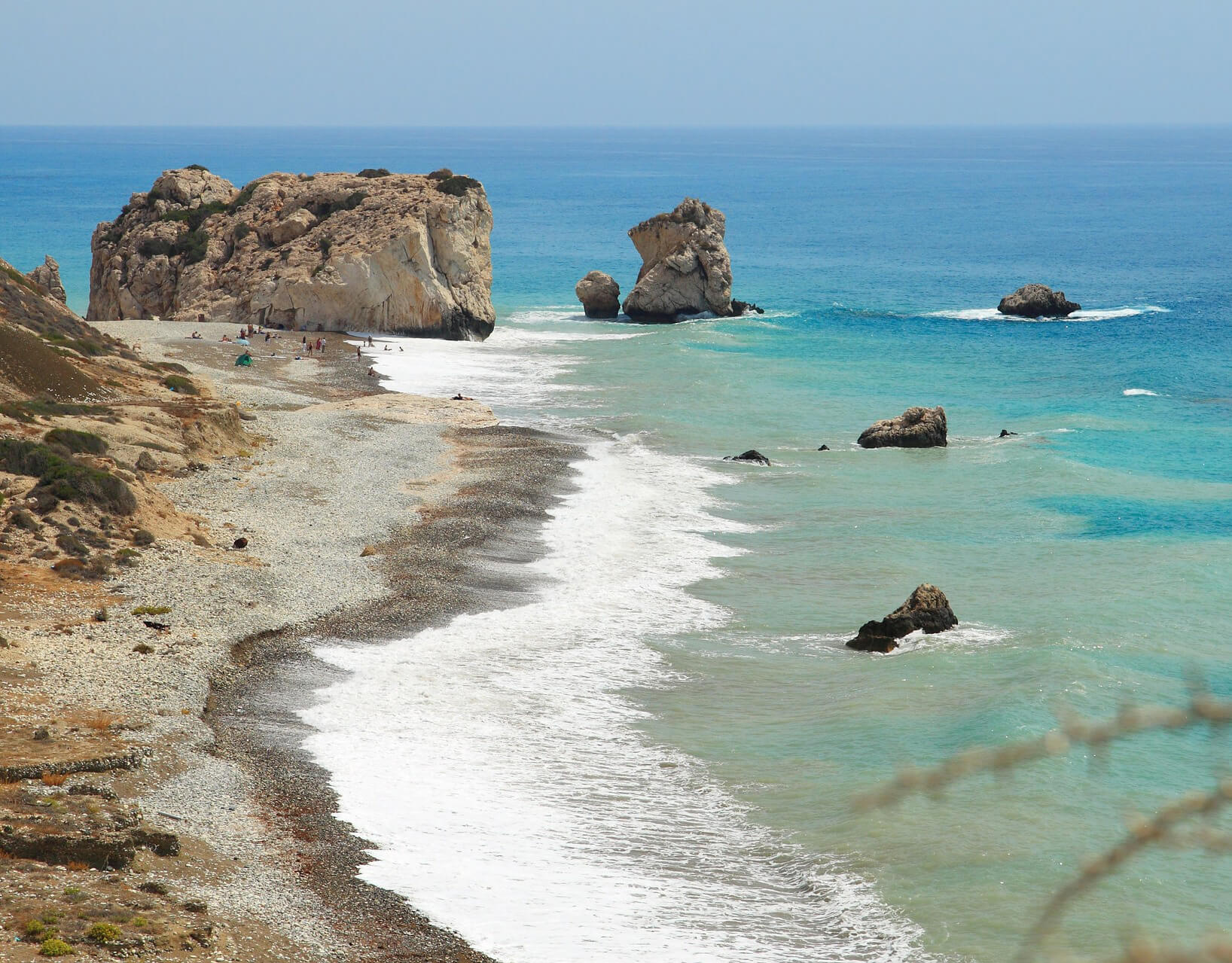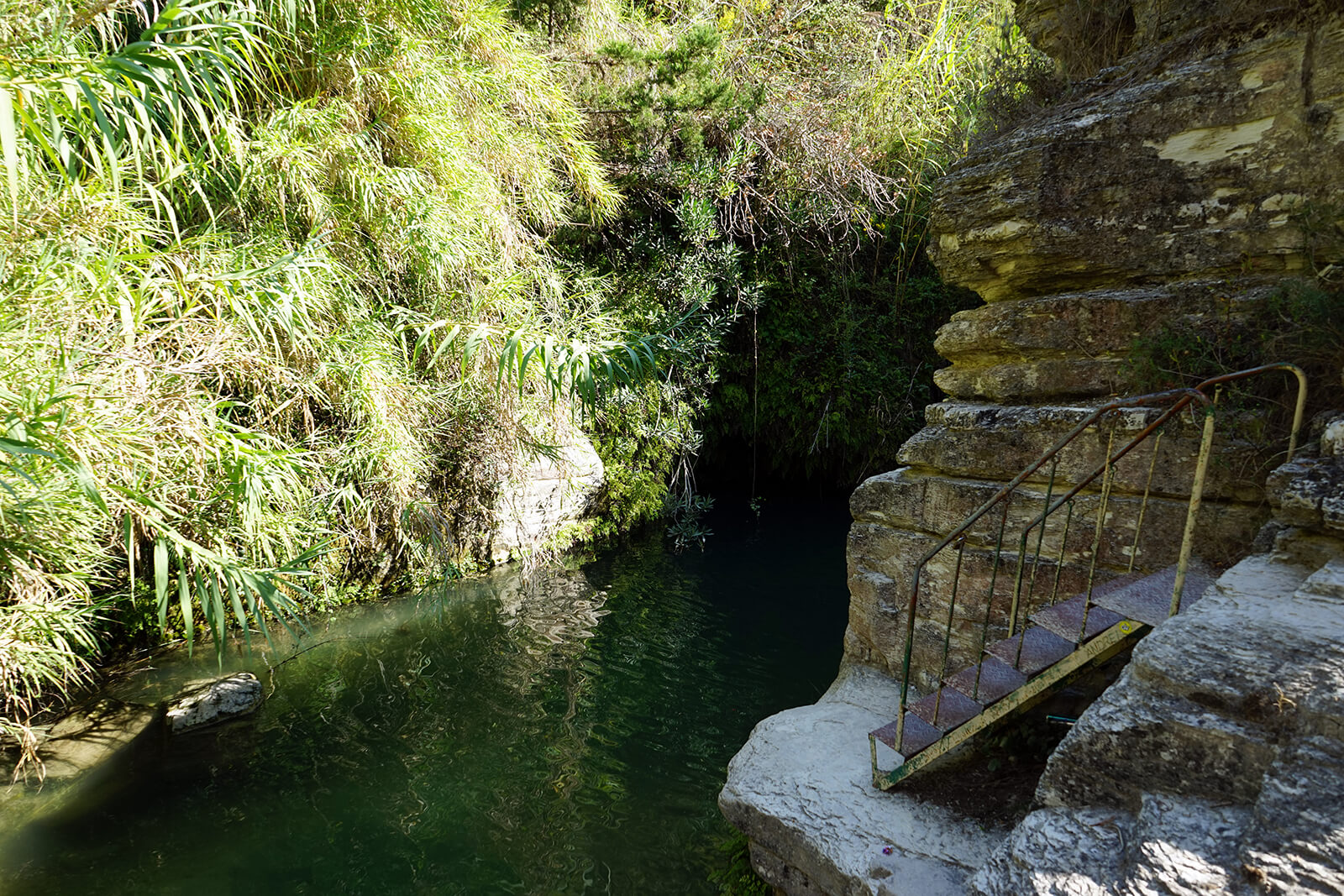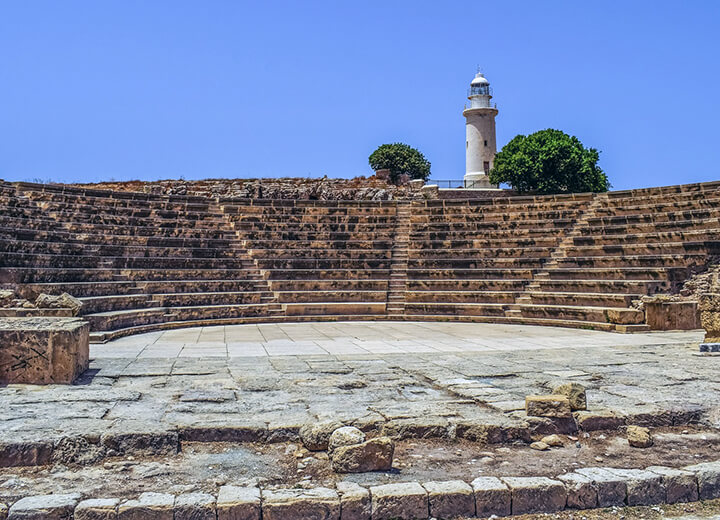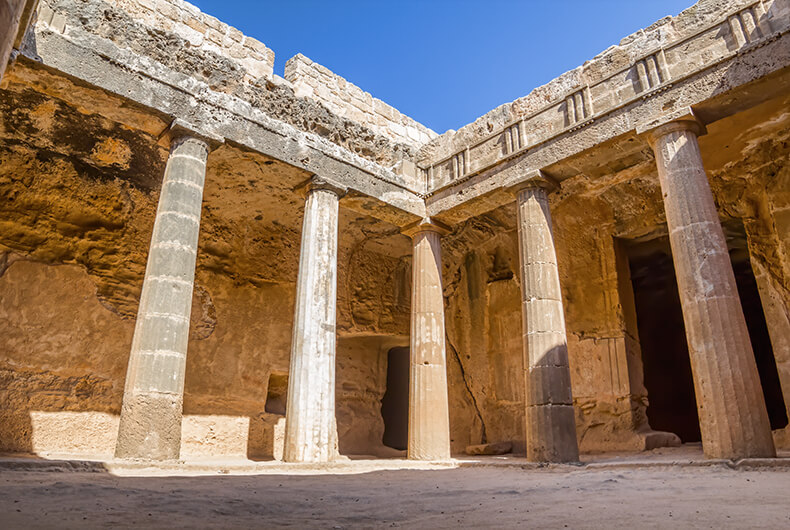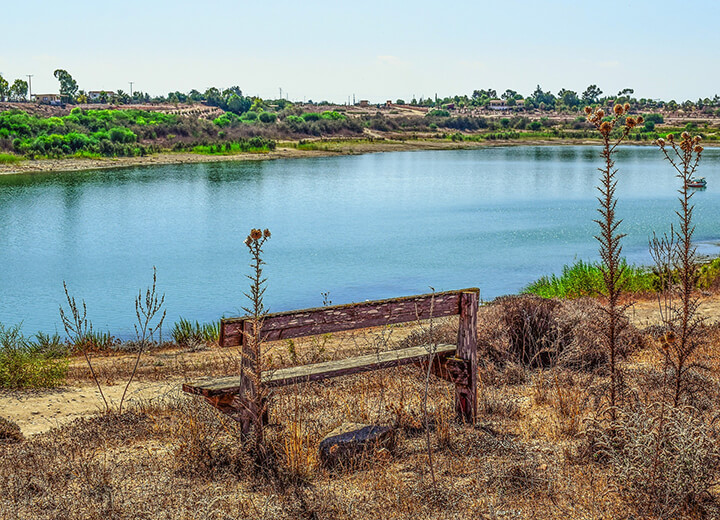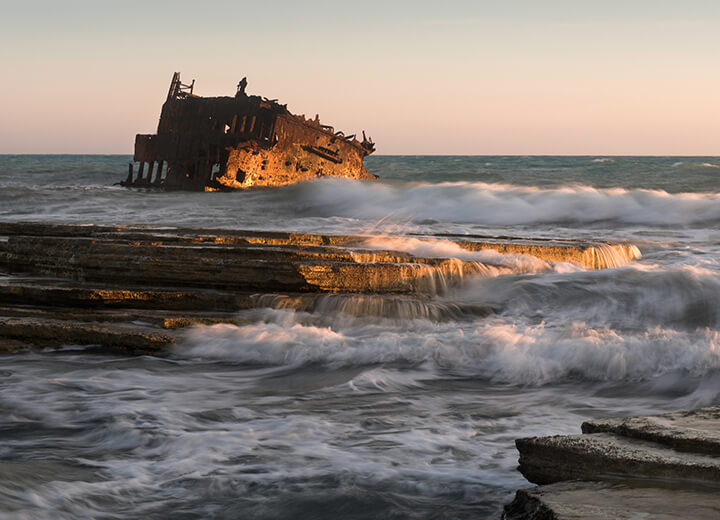The ancient ruins that remain of Temple of Aphrodite are a perfect destination for history enthusiasts. Situated on Cyprus’ Mediterranean coast in the city once called Old Paphos (now Kouklia), the temple offers a pleasant tropical climate with some of the richest cultural surroundings.
Temple of Aphrodite Quick Facts
Hours: All Days Except Wednesday: 8:00am – 5:00pm
Admission: €3.40 (includes entry to Palaipafos archaeological site – Kouklia)
Archaelogical Record: Temple – 12th century B.C., Site – 3800 B.C.
Site Significance: Cyprus’ first UNESCO World Heritage site for its historical significance.
It was the first site on the island included on UNESCO’s World Heritage List for its diverse past, religious significance and potential as an archeological site.
Once a popular religious pilgrimage
This superiorly devout location was a popular pilgrimage stop for the cult who worshipped the goddess of fertility, Aphrodite. Coins dating back to the Chalcolithic era (3800 B.C.) have been found near the temple. Although, the shrine was not officially completed until 1500 B.C.
The temple stood about 2km inland on top a hill and remained intact as a sanctuary until the 3rd or 4th century.
Origins of worship
The devotion toward Aphrodite began with the Achaean civilization and was later adopted by the Greeks. The Achaeans idolized the original native goddess Astort who was renamed Aphrodite after the Hellenic period. So, although believed to be influenced by the east, the worship of Aphrodite commenced on the island of Cyprus. Homer even called her a “Cyprian” and later was referred to as a “Paphian.”
It is believed that the first king to worship Aphrodite, Kinyras, decided to build the sanctuary in honor of the goddess. He constructed it nearby from where she birthed from the sea. The myth that Kinyras used the shrine as a symbol of “wedding” Aphrodite through sleeping with temple prostitutes and as an incestual practice of marrying his own daughters since royal lineage was matrilineal. This created the continuous ritual of love-making with strangers at the site.
A more conservative tradition emerged in modern times with an annual spring flower festival, Anthistiria, which might be tamer for tourists.
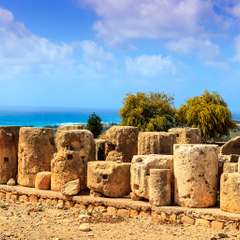
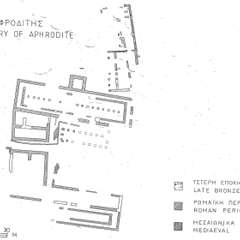
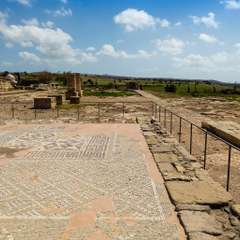
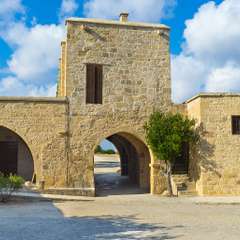
Survival of the temple
The supposed birthplace of Aphrodite inspired the city that we see today. For thousands of years, the site survived dynasties and natural disasters.
- It was visited by Roman Emperor Titus in 69 A.D. as he detoured on his way to Egypt to consult the goddess’ oracle.
- After the devastating earthquake in 76-77 A.D., several worshipers of the Roman Empire rebuilt the original site.
- However, in the 4th century, Emperor Theodosius outlawed the pagan temple and it eventually fell to ruins.
- As time passed, the ruins were used as a building quarry in the Byzantine era and as a sugar-mill in the Middle Ages, thus destroying the top layers of the temple.
Left behind is an ancient foundation.
Rediscovering the temple
Led by the Cyprus Exploration Fund in 1887, the site was again revealed and preserved. Another archaeological dig was conducted by the British Kouklia Expedition between 1950-55. And again in 1996 by the Swiss-German expedition. Excavation continues today, which paints a clearer picture of the temple’s unique and popular past.
We now know that the worship of Aphrodite existed in Neolithic periods based on artifacts displaying the female figure predating Hellenistic times. Also, unearthed is proof of the goddess’ vast network of devotees. From the Greeks to the Romans, the remains show a devotion lasting through periods of conquest and destruction.
Pieces of the temple preserved
Preservation of the temple survives in Greek and Roman artifacts. Many of these relics endure in the nearby Kouklia Archaeological Museum. Offering one of the only depictions of the original temple is a Roman coin from 200 A.D. that shows its fundamental structure. This visual image matches Homer’s Iliad description of the site.
Also, in the museum is the original mosaic tile from a Roman villa built nearby the temple by a wealthy Roman before the ban was initiated by Theodosius.
Greek influence is found in a replica Leda Mosaic House displaying the Greek myth where the king of Aetolia’s daughter, Leda, is seducing Zeus with her naked body emerging from the sea. A terracotta bath on exhibit also proves early Greek settlement on the island.
The museum itself is a piece of history, existing as a manor house during the Ottoman Empire, which now houses two galleries displaying pieces of the temple and artifacts relaying the chronological history of the city of Palea Paphos. The current name of the city, Kouklia is named after the manor.
The Cyprus Archeological Museum in Nicosia, 2-hours north of Kouklia, is a larger museum, housing pieces of the temple like the worshipped cone-shaped stones.
Experience the diverse history of the Aphrodite Temple as one of your many stops while visiting Cyprus.
